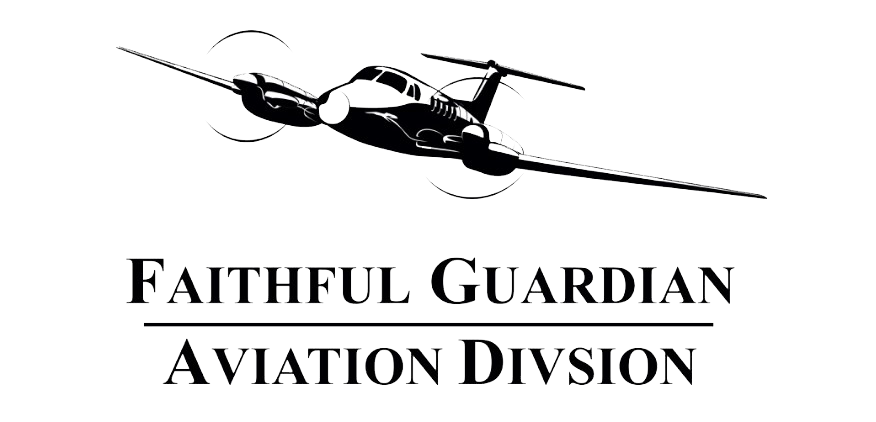Lesson 3.2 Taxiway and Destination signs
1. Destination signs have black characters on a yellow background with an arrow showing the direction of the taxiing route to the destination listed. Outbound destinations commonly show directions to the take-off runways.
2. Examples of destination signs are shown in Figure 65 below.
i. They are signs I, J, and K.
a. In that figure, Sign K designates the direction of taxiway bravo.
3. Taxiway location signs identify the taxiway on which an aircraft is currently located.
a. Location signs feature a black background with yellow lettering and do not have directional arrows.
4. Taxiway directional signs indicate the designation and direction of a taxiway.
a. When turning from one taxiway to another, a taxiway directional sign indicates the designation and direction of a taxiway leading out of the intersection.
b. Taxiway directional signs feature a yellow background with black lettering and directional arrows.

Figure 65. U.S. Airport Signs.
6. When approaching taxiway holding lines from the side with continuous lines, the pilot should not cross the lines without an ATC clearance.
a. Taxiway holding lines are painted across the width of the taxiway and are yellow.
7. A runway holding position sign is a mandatory instruction sign with white characters on a red background. It is located at the holding position on taxiways that intersect a runway or on runways that intersect other runways.
8. Each of the letters below corresponds to the type of sign or marking in Figure 65.
a. Runway Holding Position Sign
b. Holding Position Sign for a Runway Approach Area
c. Holding Position Sign for ILS Critical Area
d. Sign Prohibiting Aircraft Entry into an Area
e. Taxiway Location Sign
f. Runway Location Sign
g. Runway Boundary Sign
h. ILS Critical Area Boundary Sign
i. Direction Sign for Terminal
j. Direction Sign for Common Taxiing Route to Runway
k. Direction Sign for Runway Exit
l. Runway Distance Remaining Sign
m. Hold Short-1
n. Taxiway Ending Sign
9. Vehicle Roadway Markings
10. Vehicle roadway markings define pathways for vehicles to cross areas of the airport used by aircraft.
11. Vehicle roadway markings exist in two forms, as indicated by letter C in Figure 64 below.
i. The edge of vehicle roadway markings may be defined by a solid white line or white zipper markings.
ii. A dashed white line separates opposite-direction vehicle traffic inside the roadway.
iii.

Figure 64. Airport Markings.
12. Each of the letters below corresponds to the type of airport markings in Figure 64.
a. Holding Position Markings at Beginning of Takeoff Runway 19
b. ILS Critical Area Boundary Marking
c. Roadway Edge Stripes
d. Runway Holding Position Marking
e. Taxiway Holding Position Marker
f. Taxiway Boundary
Yellow Demarcation Bar
13. The yellow demarcation bar is a 3-ft.-wide, painted yellow bar that separates a displaced threshold from a blast pad, stopway, or taxiway that precedes the runway.

